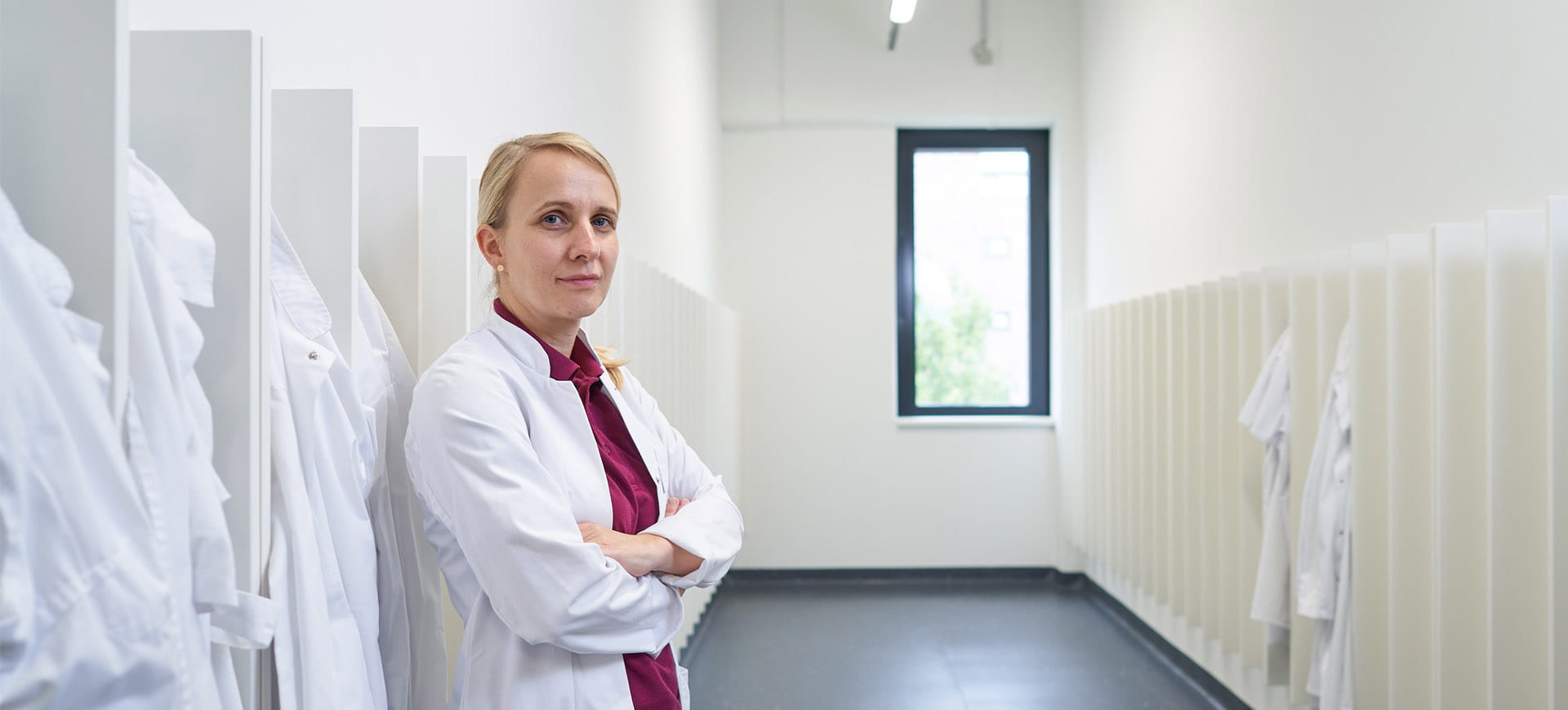Hundreds of samples per day
When Sänger started the laboratory nearly 15 years ago, there were practically no ready-to-use assays for use in patient samples, so the lab had to develop their own. "We had to produce most of the reagents ourselves as well,” she says. After the turn of the millennium, the volume of dangerous pathogens tested steadily increased. For example, practicing doctors now routinely test for Hepatitis B and C, chlamydia and HPV as a precaution. Sänger was hired to rebuild the laboratory to meet this growing demand. “As a young researcher, I was immediately attracted by this challenge,” she says.
Her team analyzes more than 200 samples on an average day, which includes tests for Hepatitis B and C, herpes, HPV, HIV, pertussis, chlamydia, gonorrhea, and influenza. If seasonal waves of influenza roll in, the number of samples analyzed dramatically increases to upwards of 800 a day.
Sänger’s expectations were understandably high when QIAGEN offered to install the NeuMoDx 288 Molecular System in her lab. The “288” stands for the number of samples you can load in one go – processing up to 340 tests in an 8 hour shift – completed automatically without any tedious preprocessing work. Sänger says, "This is a whole new approach."
Although the majority of pathogen tests have long been automated in Leipzig, "This device is able to prepare individual samples, extract the genetic information, and then analyze it on its own,” says Sänger. “There’s nothing else like it available on the market.” In the past, Sänger could only test samples for molecular diagnostic assays in batches for single pathogens, using kits in standardized quantities of 24 or 96. "But if I only have a few samples and an urgent request, I had to use the entire kit." The end result would be that the purchased additional controls (several per sample) would end up wasted. Because of the continuous random access capabilities of the NeuMoDx, samples can be run whenever they are received, no matter how many samples there are.



